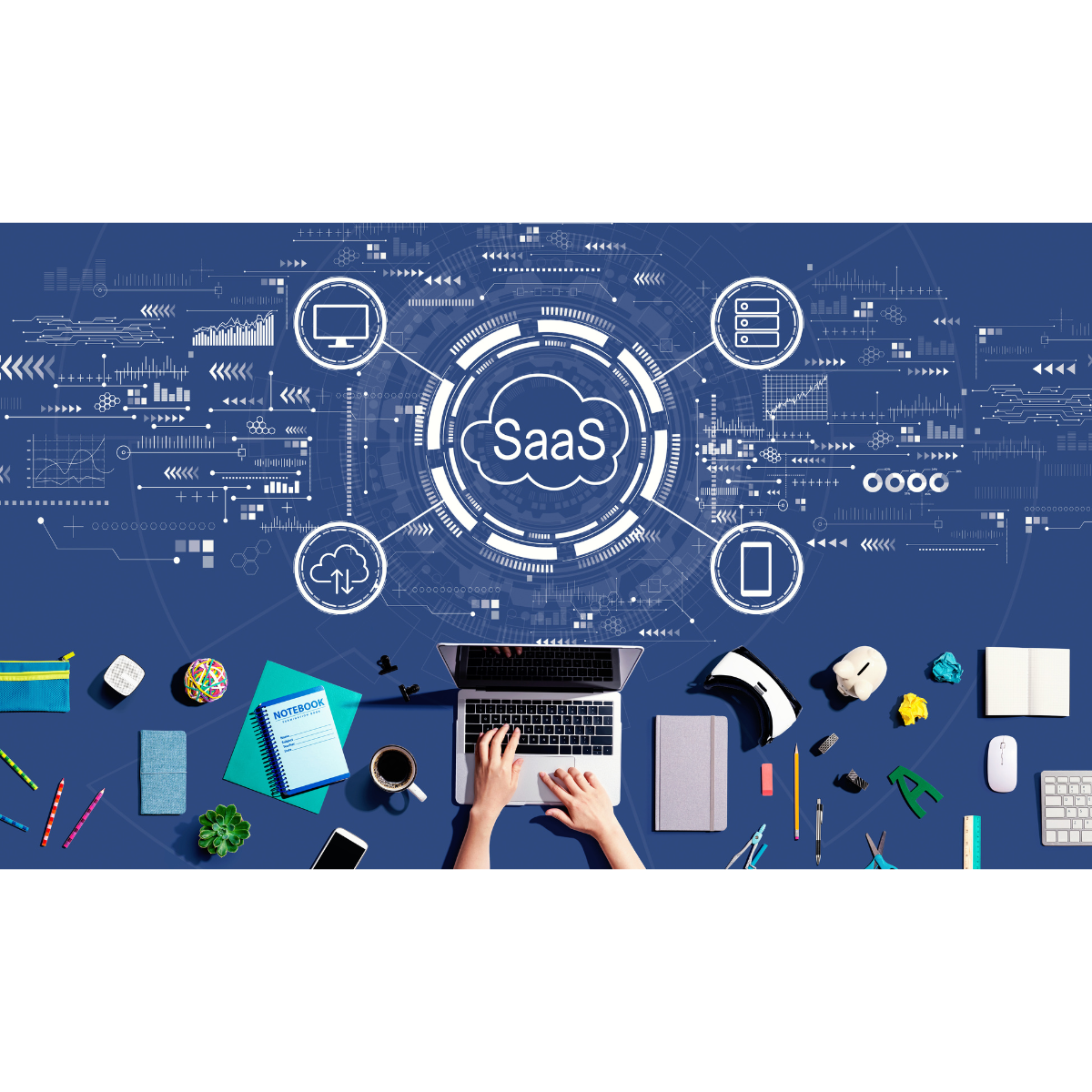In today’s ever-changing digital world, phishing attacks pose significant risks to businesses.
Phishing attacks and scams are constantly evolving as technology advances, and one technique gaining popularity is SaaS-to-SaaS phishing. This method specifically targets Software-as-a-Service (SaaS) platforms.
In this blog post, we’ll dive into SaaS-to-SaaS phishing, exploring how it works, the potential consequences, and how you can protect yourself and your organisation.
By staying informed about this new and undetectable phishing technique, you can take proactive steps to keep your valuable data safe.
Don’t let your company fall prey to cloud hackers. Arm yourself with knowledge and discover practical strategies to enhance your security measures.
The history of phishing attacks
In the past, phishing threats were mostly carried out through emails.
Attackers would send a fraudulent phishing email that appeared to be from a legitimate source, such as a bank, social media platform, or well-known organisation.
These phishing campaigns, also known as spear phishing attacks, included deceptive tactics, such as logos, branding, and email templates that resembled genuine ones.
They would typically ask recipients to click on a malicious link, fake website, install malware, or provide private details such as credit card numbers, login details, or social security numbers.
However, as security measures improved and people became more aware of these traditional phishing messages, attackers evolved their tactics.
They have shifted to more sophisticated and diverse methods to deceive users and bypass security controls.
This includes a technique known as SaaS-to-SaaS phishing attacks.
What is a SaaS-to-SaaS phishing attack?
A SaaS-to-SaaS phishing attack is a type of cyber attack where malicious hackers target users of one SaaS application by impersonating another trusted SaaS application.
In this attack, the criminals send phishing emails or messages. These suspicious emails appear from a genuine SaaS provider, prompting users to enter their login credentials or sensitive information.
A SaaS-to-SaaS email phishing scam aims to trick users into unknowingly sharing their account credentials, which the attackers can exploit to gain unauthorised access to their accounts.
Once the attackers gain access, they can potentially steal sensitive data, carry out identity theft, compromise other accounts linked to the SaaS application, or launch further attacks within the compromised organisation.
The increase in SaaS phishing attacks
In recent years, phishing attacks have taken a toll on SaaS platforms, posing a significant threat to the security of businesses and their valuable data.
According to recent statistics, there were an estimated 255 million phishing attempts in 2022 alone, representing a 61% increase compared to the previous year.
One of the main factors leading to this surge is the easy access of tools and resources that enable hackers to create fake websites that resemble legitimate corporate websites.
Even with a limited skill set, attackers can build malicious websites using readily available features within SaaS services.
To make matters worse, these malicious actors can effortlessly switch website templates, making it swift and straightforward to transition their phishing efforts from one targeted organisation to another.
This alarming trend highlights the importance of strong security measures and heightened awareness within the SaaS community.
Your business must prioritise protecting its data by implementing strong security protocols, regular employee training on phishing detection, and comprehensive incident response plans.
You can effectively avoid the risks of these increasingly common phishing threats by taking proactive steps to safeguard your SaaS platforms.
How popular SaaS providers don’t backup your data
Most SaaS providers, including popular platforms like Trello, GitLab, GitHub, and Jira, don’t offer automatic data backup as part of their services.
This lack of built-in backup leaves your business vulnerable to data loss in a data breach or other unforeseen circumstances.
The consequences of losing SaaS data can be severe and have far-reaching impacts. It can result in financial losses, damage to your business’s reputation, and even legal repercussions.
To protect your data and avoid these risks, it’s essential to implement a reliable backup solution. Doing this adds an extra layer of security and ensures your business can recover its data during a cyber attack or any other data loss scenario.
Although SaaS apps are often considered cost-effective, it’s essential to recognise that losing valuable data can take up significant time and resources, and even lead to legal troubles. Investing in a backup solution is a proactive technique that can save you money in the long run while providing you with the peace of mind that your data is securely protected.
Overall, the emergence of SaaS-to-SaaS phishing represents a new and undetectable threat in cyber attacks.
By now, it should be clear that a phishing attempt is a significant threat to your business, and one technique gaining popularity is SaaS-to-SaaS phishing.
It targets SaaS platforms, putting your data at risk. By staying informed and taking proactive measures, you can protect your business.
How BackupLABS can protect your data!
Ensure the safety of your valuable business data by safeguarding it against the threat of SaaS-to-SaaS phishing attacks.
At BackupLABS, we offer a reliable solution that provides peace of mind and ensures your critical data’s protection and easy recovery.
Whether you run a small company or are part of a large enterprise, our automated cloud data backup and recovery solutions are designed to keep your data safe and secure. Don’t leave your business vulnerable to potential data breaches or cyber-attacks. Visit BackupLABS today to backup your cloud data.


